
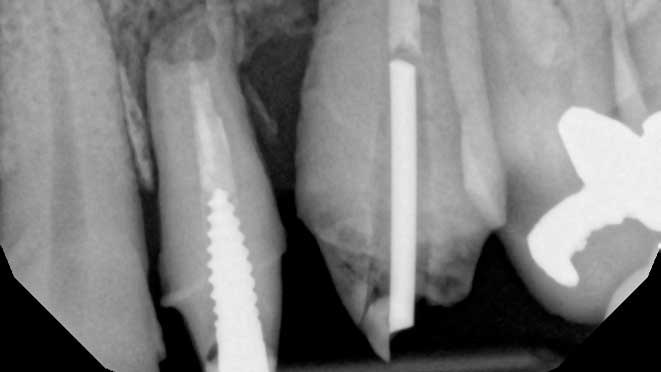
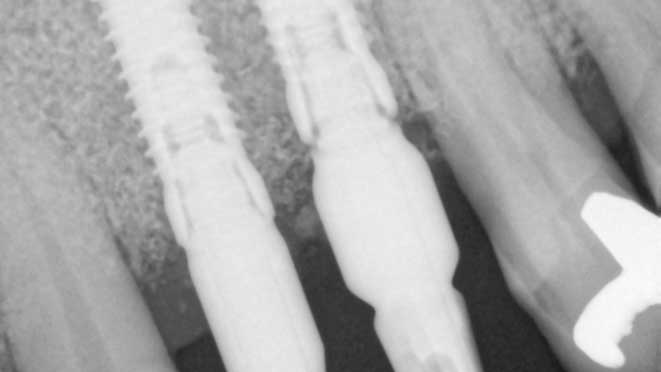
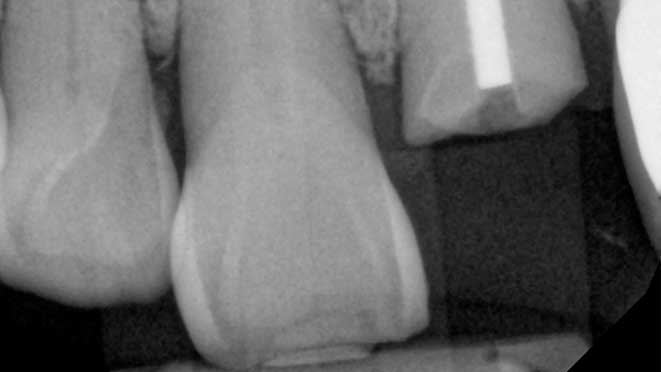
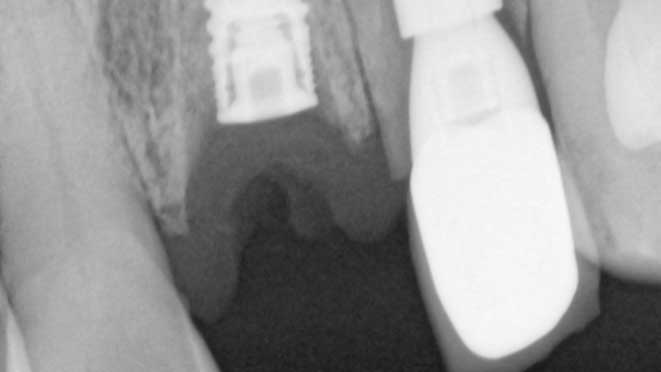
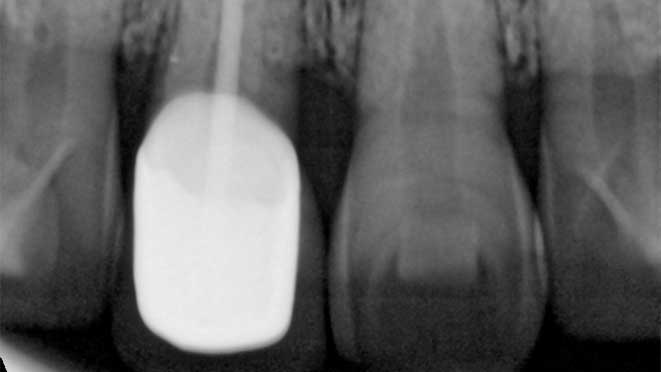
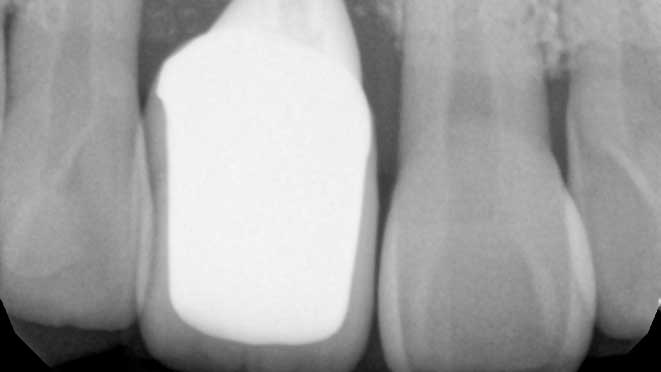
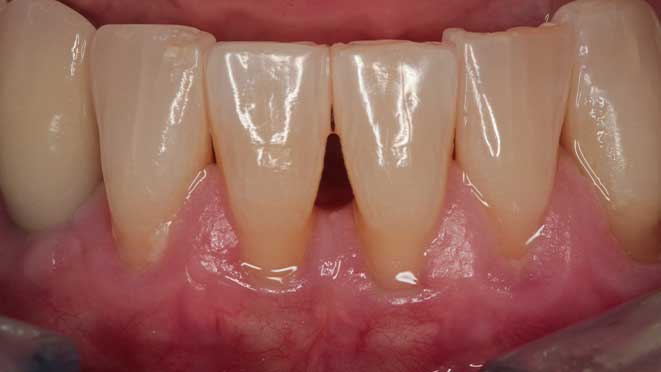
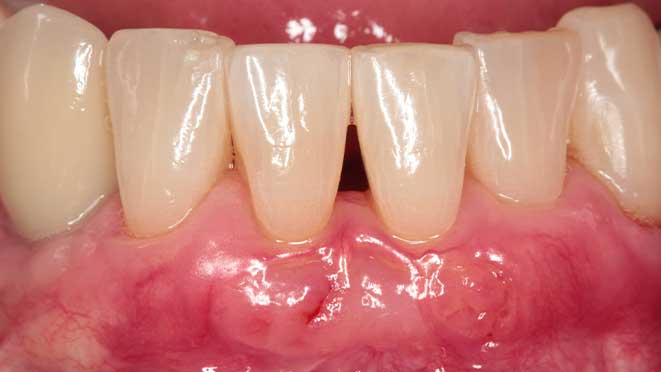
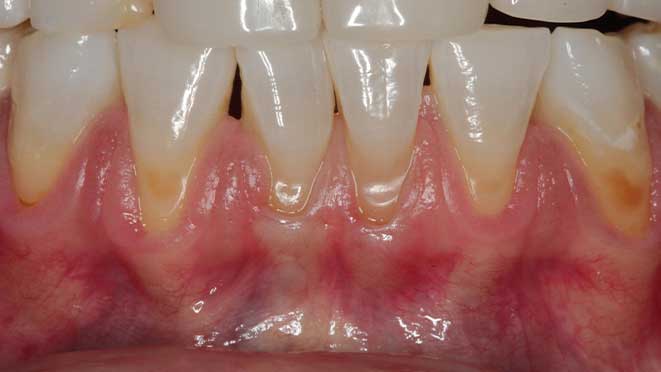
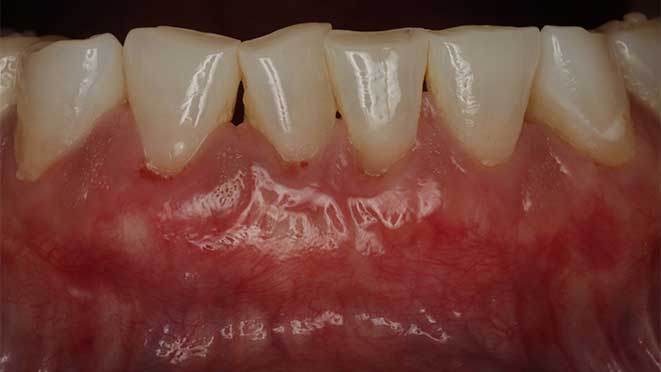
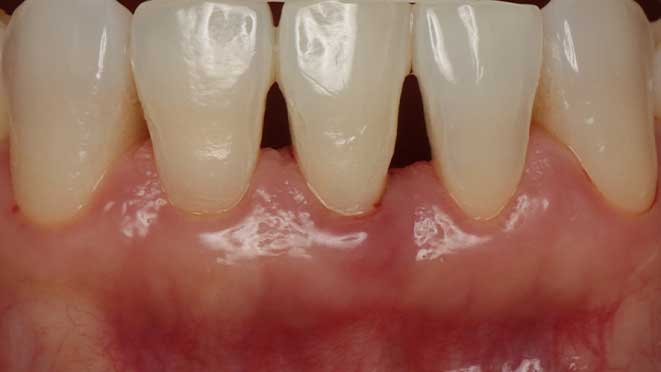
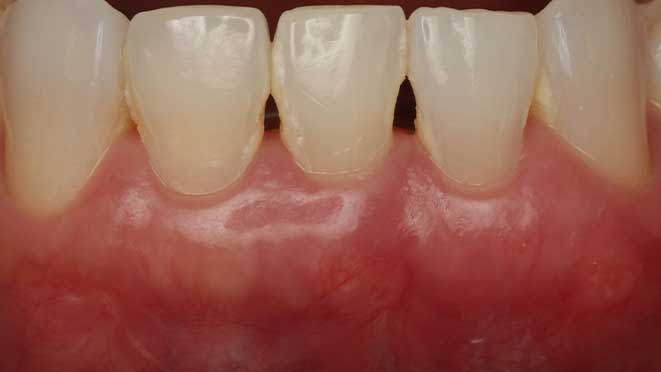
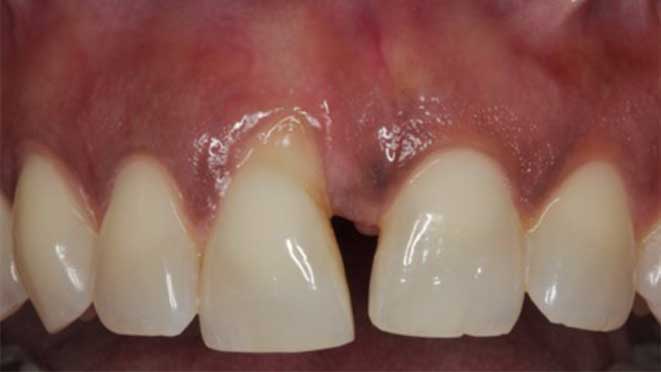
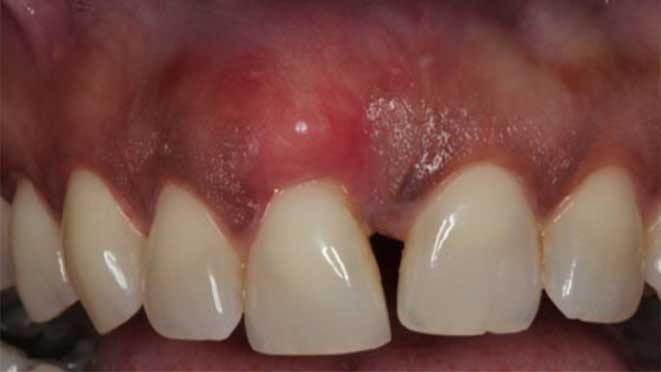
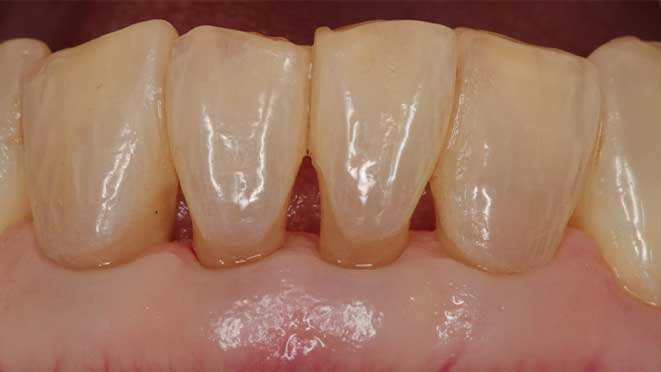
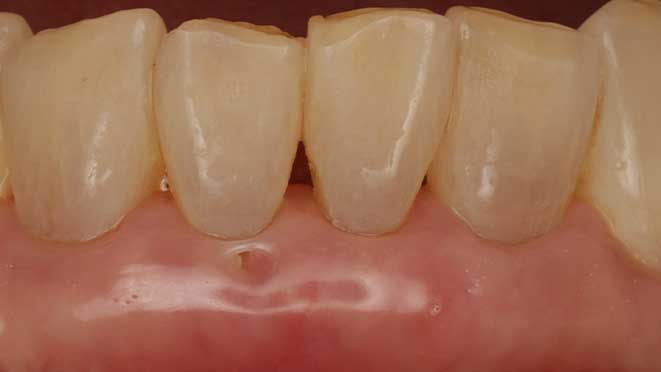
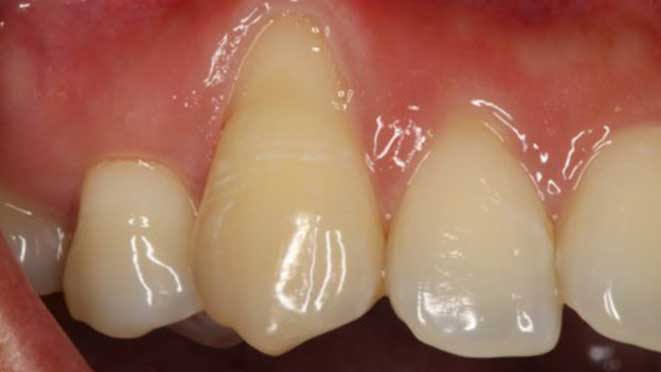
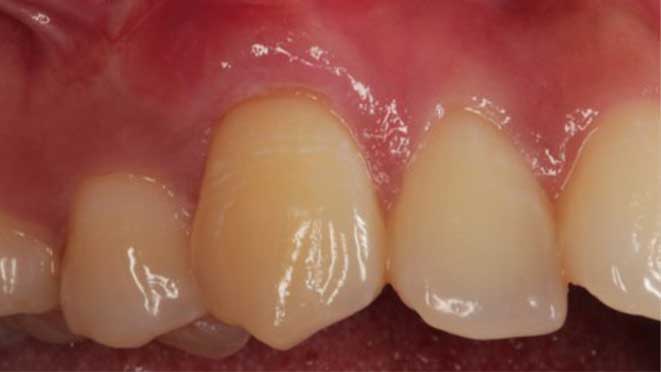
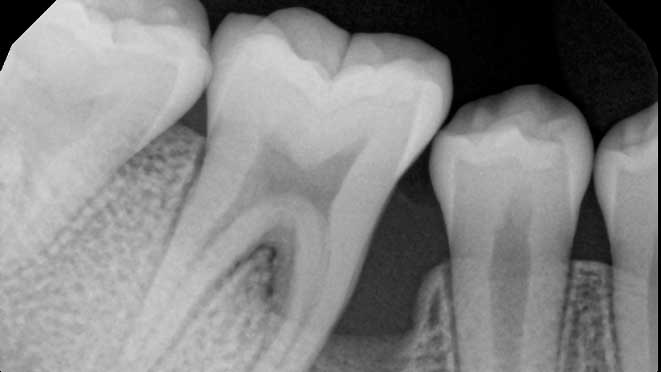
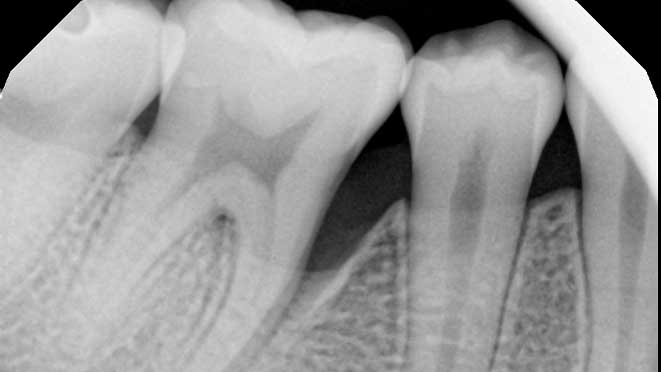
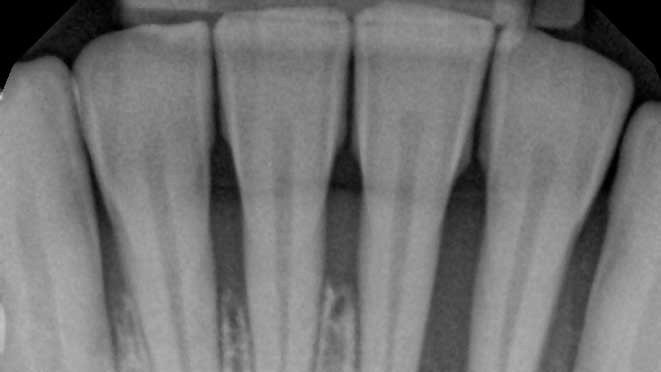
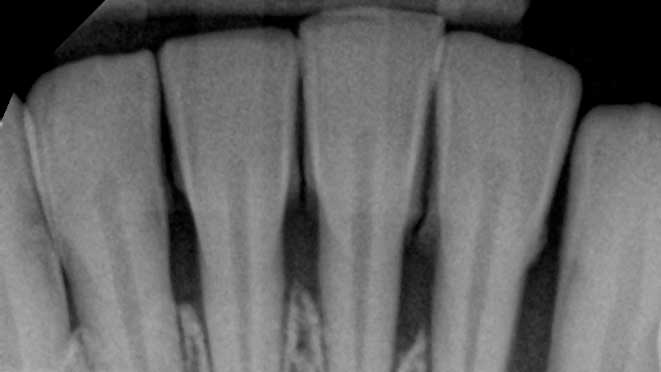
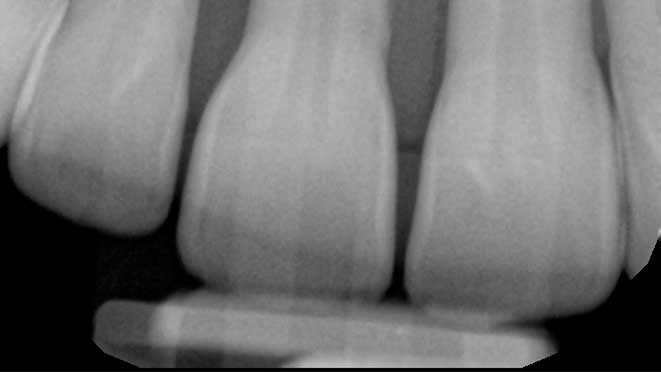
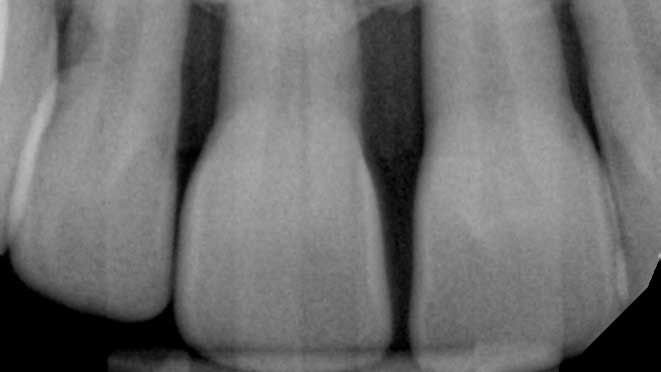
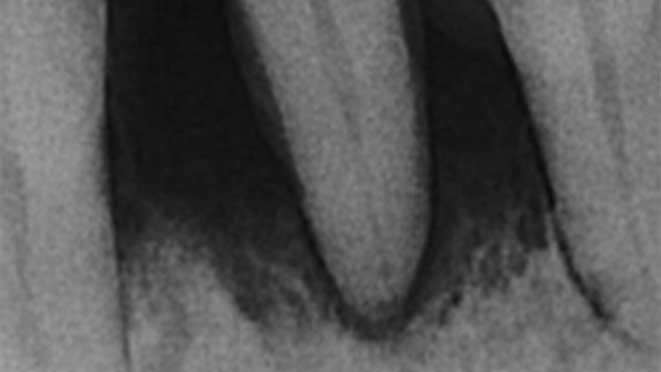
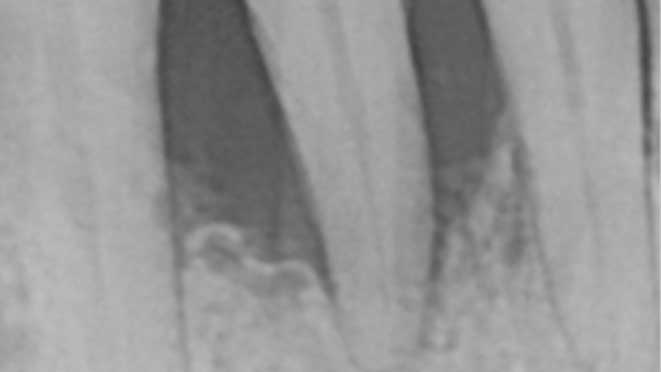
Periodontal disease can lead to tooth loss and deteriorate oral health. However, guided tissue bone regeneration (GTBR) can regenerate lost bone, promote stability, and improve the aesthetics of fixed bridges. In this blog post, we will explore what guided tissue bone regeneration is, how it works, and the factors to consider before undergoing the procedure.
GTBR promotes bone regeneration and creates a supportive environment for teeth. The benefits of GTBR include:
1. Prevents tooth loss
2. Supports dental implants
3. Improves aesthetics of fixed bridges
4. Regenerates lost bone
Guided tissue bone regeneration is a process that regenerates the lost bone around teeth to promote stability, improve overall oral health, and prevent tooth loss. GTBR uses specialized processes and techniques to encourage the body's natural healing process and stimulates bone generation.
During the bone regeneration process, the dentist creates a specialized environment using one of several GTBR techniques. Patients undergo a surgical procedure, where the dentist places bone stimulants, membranes, or bioactive growth factor gels around the damaged bone tissue. The sourced material or scaffold provides a stable environment for the body to generate new bone.
GTBR can treat multiple medical and dental conditions, including:
1. Periodontal disease
2. Loose teeth
3. Teeth with poor or inadequate bone support
4. Removal of tumors or cysts in the jawbone
GTBR has several advantages over traditional techniques, such as:
1. Minimal invasion: GTBR requires minimal invasion during the procedure, which yields a quicker recovery time.
2. Higher efficiency: GTBR has a higher success rate, with fewer limitations and better results.
3. Minimal discomfort: GTBR causes less discomfort compared to traditional bone grafting procedures that may require multiple surgeries.
The four types of GTBR techniques include
1. Membrane Barrier Techniques: This involves using specialized membranes to hold space for new bone growth.
2. Tissue Stimulating Protein Techniques: While using proteins that promote bone and tissue growth.
3. Bioactive Growth Factor Gel Techniques: This technique utilizes gels containing bioactive molecules to promote regeneration.
4. Bone Graft Techniques: This may include a patient's bone, tissue banks, or synthetic sources.
Each GTBR technique works to regenerate lost bone tissue using several methods. The four standard GTBR techniques are:
The technique of using specialized membranes helps hold space for new bone growth. During this technique, the membranes guide the bone's apical cells to regenerate forming new bone tissue.
Tissue Stimulating Protein Technique includes collecting the bone samples, followed by tissue processing and centrifugation, where growth factors are isolated and concentrated. These growth factors can be applied and induced into the bone through a defect created during surgery, promoting tissue and bone growth.
Bioactive Growth Factor Gel Techniques use gels that contain bioactive molecules that promote regeneration. These gels release growth factors that regulate cell growth, regulate the extracellular matrix, and activate matrix metalloproteinases, which lead to cell growth
Bone graft techniques may use several sources that include autografts, allografts, and synthetic materials. Autografts, taken from the patient, are considered as ideal for bone regeneration procedures. Allografts are useful bone tissue donations from the same species, while synthetic materials pose minimal risk of disease transmission.
There is a success rate of 70-90% in GTBR procedures, with few limitations and an overall safe surgical procedure.
Factors to Consider Before Undergoing Guided Tissue Bone Regeneration
Before undergoing GTBR, several factors need consideration, including:
A. Age and Overall Health: Patients must be in good health, having healthy gums and a strong immune system.
B. Cost and Insurance Coverage: While the GTBR procedures' cost can vary, insurance policies may not cover the entire fee.
C. Risks and Side Effects: Risks like infections and complications after surgery are possible in GTBR.
D. Post-Operative Care: Patients must adhere to strict post-operative instructions to ensure a full recovery.
GTBR is an innovative and effective technique that promotes bone tissue regeneration, improves overall oral health, and prevents tooth loss. With minimal invasion, higher efficiency, and minimal discomfort, GTBR is an efficient alternative to traditional bone grafting techniques. Before undergoing the procedure, patients must consider factors such as age, overall health, cost, insurance coverage, risks, and post-operative care. With further improvements and innovative techniques, a brighter future lies ahead for GTBR procedures.

























